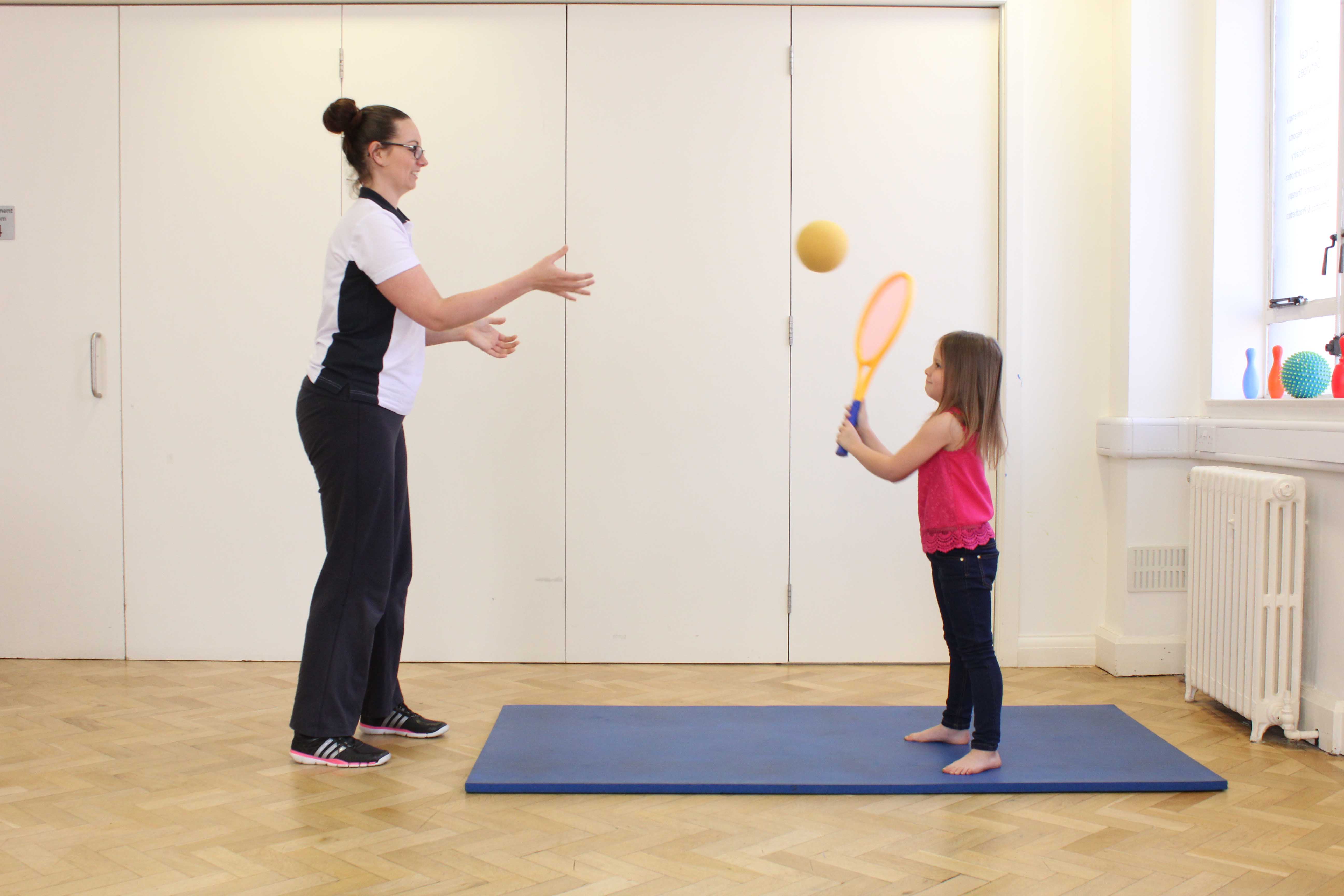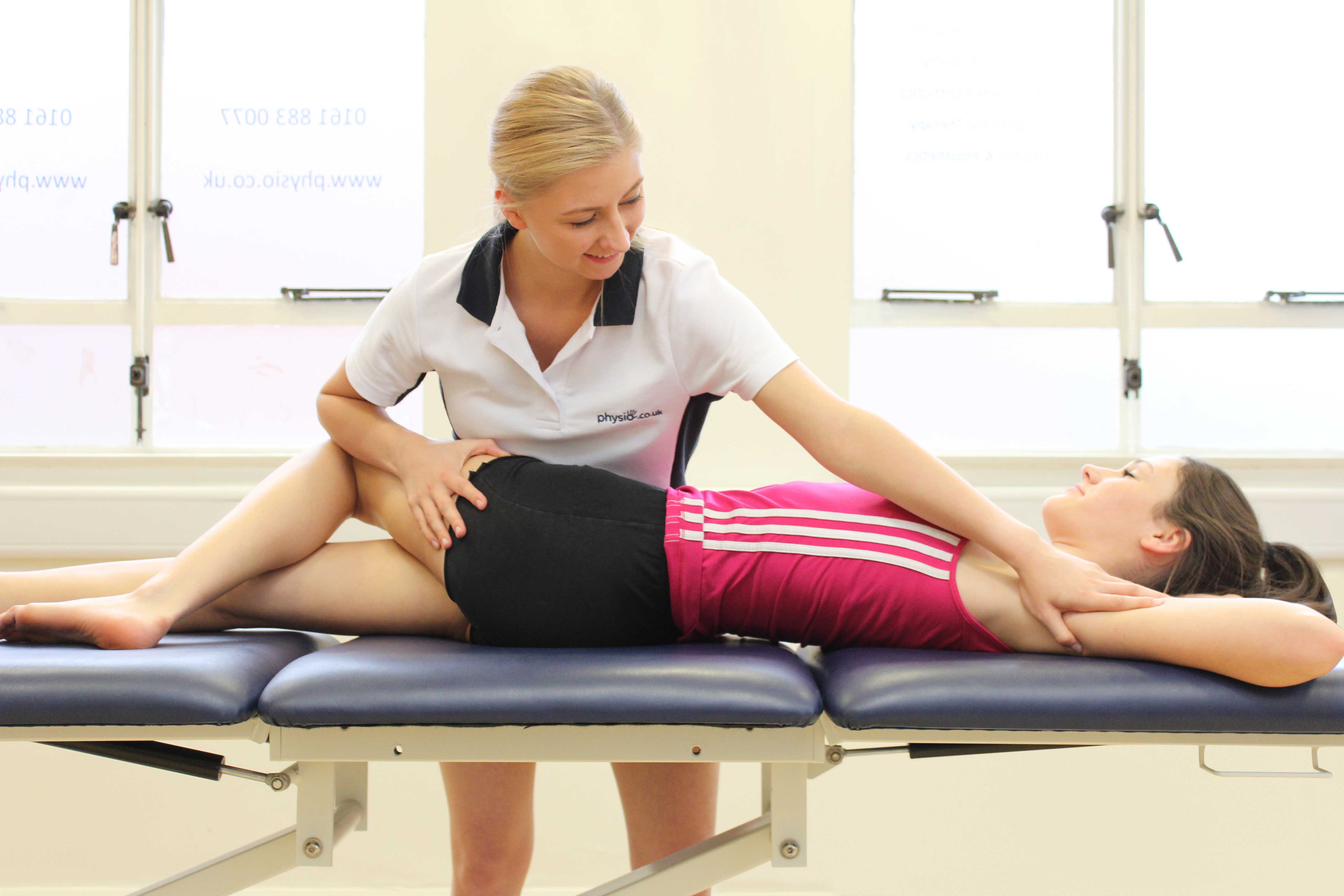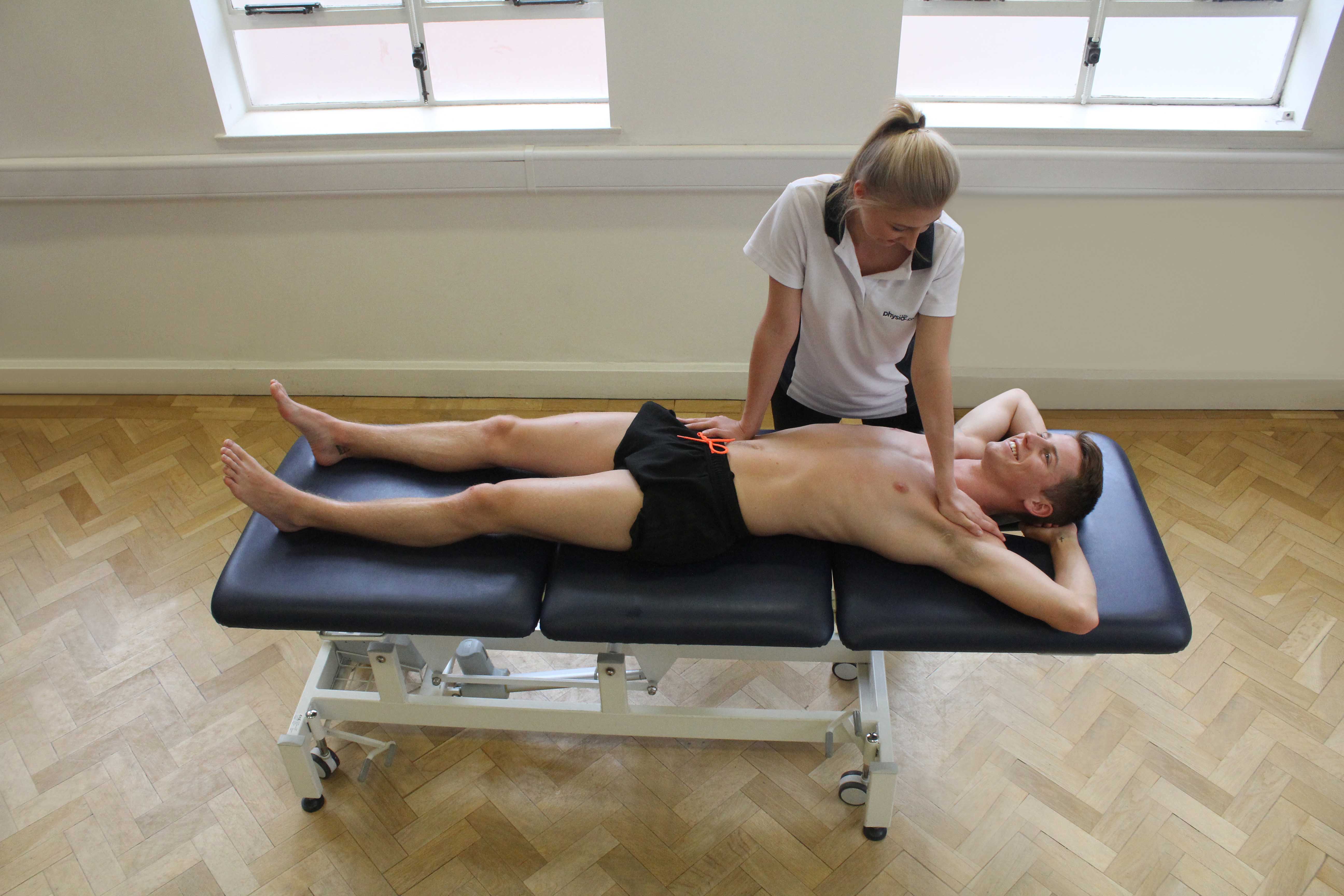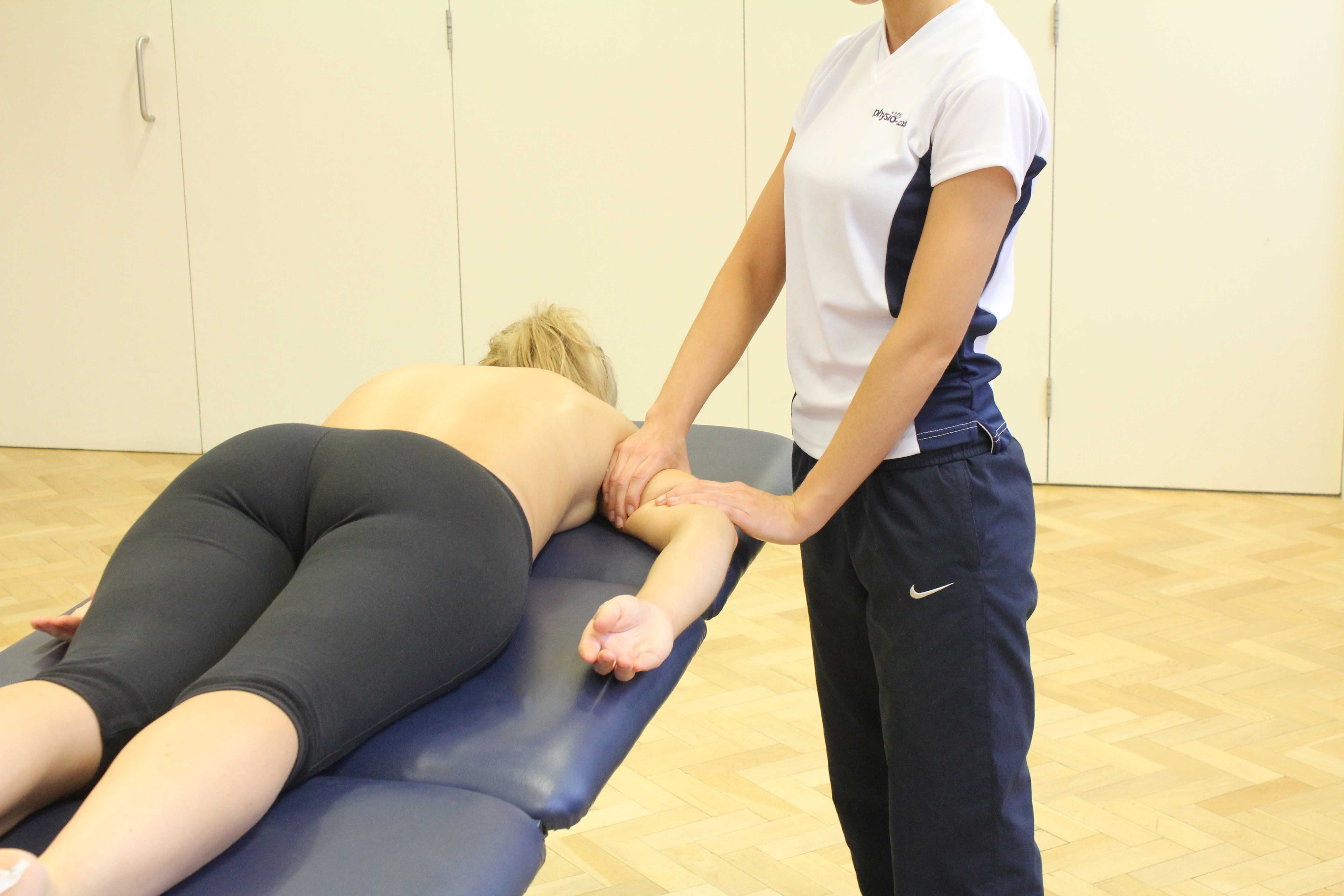The ulnar nerve travels from the larger branch of nerves in the shoulder called the Brachial Plexus. The nerve continues along the medial boarder of the upper arm, passing the juncture of the Bicep and Triceps muscles. As it approaches the elbow the ulna nerve moves deeper into the fascia before passing through the cubital tunnel. The tunnel is a deep notch on the medial posterior boarder of the elbow, hemmed in by the medial epicondyle and olecranon bony features. Once around the elbow joint the nerve continues along the posterior medial boarder of the forearm, into the wrist below the little finger and ring finger.
Compression of the ulnar nerve usually occurs in or around the cubital tunnel at the elbow. A build-up of scar tissue, fascia or displaced muscle tissue can restrict the available space in the tunnel, pinching the ulnar nerve, especially if the elbow is flexed. Any high impact to the elbow could trigger scar tissue growth, cause restrictive inflammation of even misalign the joint capsule. Some conditions like osteoarthritis can cause bony growths within the cubital tunnel that can compress the nerve from below.
If the physiological stress placed on the ulnar nerve comes from permanent changes like scar tissue then surgical intervention may be considered in order to bring lasting relief. This is commonly referred to as Ulnar Decompression Surgery.
 Above: filetitle1
Above: filetitle1Surgical procedure for Ulnar Nerve Decompression.
The preferred treatment approach is to use a general anaesthetic, then make a long incision along the posterior medial boarder of the arm exposing the Ulnar nerve far above and below the elbow joint. The pathway of the nerve is checked and any growths or tissue impeding its normal route is removed. This allows the now decompressed nerve to be returned to with minimal complication.
If the cubital tunnel is too occluded by growths or the surrounding bony condyles have been heavily damaged through injury, then repositioning the nerve along new path may provide better relief from symptoms. This is a more demanding procedure as the surgeon has to ensure the nerve retains adequate blood supply. Complications such as altered sensation and loss of grip strength are more likely. However, both types of ulnar nerve decompression surgery are considered routine, safe and effective.
 Above: filetitle2
Above: filetitle2Physiotherapy following Ulnar Nerve Decompression
It will be important to follow your physiotherapy treatment plan after your nerve decompression surgery to achieve a quick and full recovery. It will also help avoid complications by managing scar tissue formation and maintaining full active range of motion in the joint.
Treatment will include strengthening exercises to stabilise the joint and increase protection around the nerve as it travels along the arm. A series of stretching exercises will help maintain joint flexibility, positively align scar tissue formation, and limit any connective or nerve tissue shortening. Your experienced physiotherapist will also give your advice on the use of supportive splints, techniques to avoid unwanted elbow flexion and general activity modification.
 Above: filetitle3
Above: filetitle3Summary
Ulnar nerve compression can be very uncomfortable and is often worse if the elbow is held in a flexed position for long periods, particularly overnight whilst sleeping. Often normal physiotherapy treatment is enough to relieve the symptoms of ulnar nerve compression. However certain conditions or cumulative wear and tear mean that lasting relief can only be achieved with surgical intervention.
Once carried out, physiotherapy can then help your achieve the best recovery post-surgery. We employ experienced musculoskeletal and neurological physiotherapists who can treat you with a range of therapeutic techniques to match your personal clinical needs.
If you would like to know more about how physiotherapy can help rehabilitate you following ulnar nerve decompression surgery, please contact us at office@physio.co.uk or call us on 0330 088 7800.
 Above: filetitle4
Above: filetitle4
 0330 088 7800
0330 088 7800





































